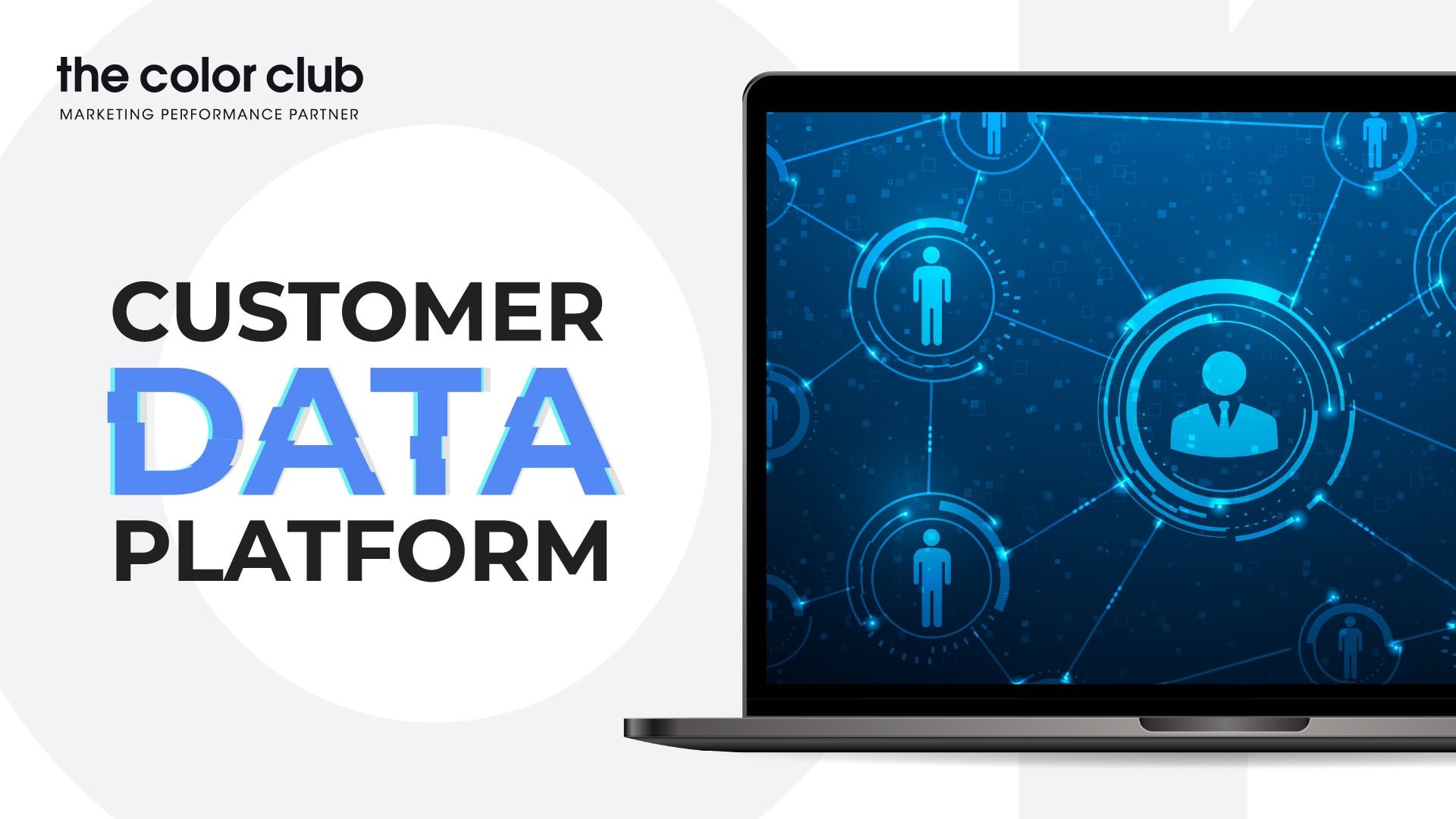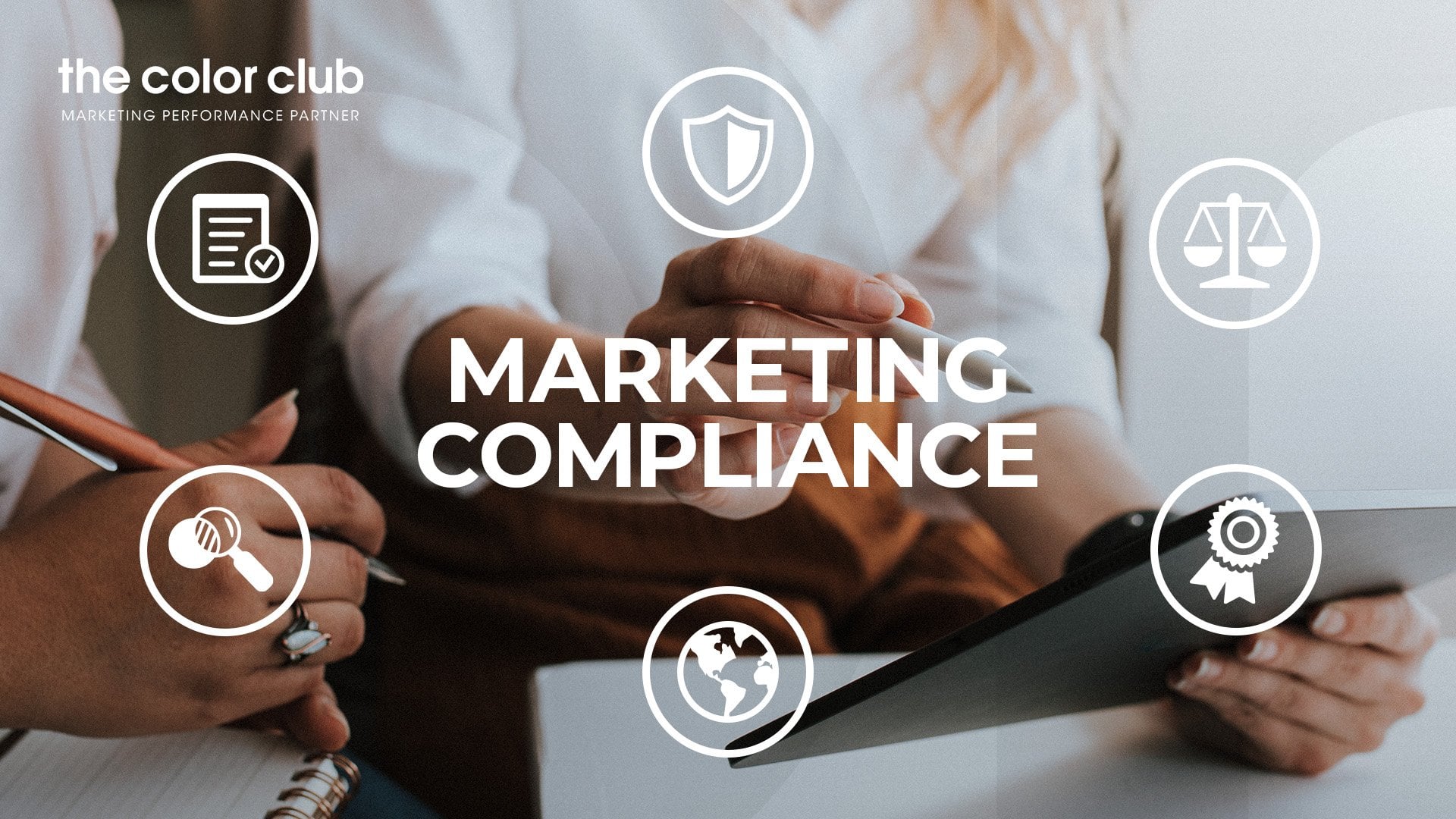Introduction
Aging customer experience (CX) measurements leave brands unable to predict market trends, understand customer behavior and anticipate industry changes. Brands are left guessing what might come next and miss out on making meaningful customer connections. All this damages campaign performance, leaving brands at a disadvantage against competitors and with a declining ROI.
Some of these traditional methods, like customer surveys, focus groups, and interviews, have all helped brands before and still hold some value today. Still, these methods don’t match the power of predictive analytics. This technology is the future: a pioneering approach that takes advantage of data, transforming how brands collect, analyze and understand customers.
In our latest article, we’ll have a look at traditional CX techniques as well as look towards the future with predictive analytics. This technology will strengthen your brand and give you an advantage in tomorrow’s market.
Why is Customer Experience so important to your brand?
Custom experience (CX) is essentially customer satisfaction. Whether your customers are happy will determine your future brand success, as unhappy shoppers will take their interests elsewhere, leaving you struggling to build customer loyalty and, ultimately, setting you down the path towards a failing business.
When it comes to CX, here’s a breakdown of what it can cover:
- Your brand reputation;
- Customer relationships;
- Product happiness;
- Your customer retention rates; and
- Overall yearly revenue.
With positive results from these measurements, you’ll build trust with customers and develop a strong brand image, helping your brand grow organically, locally and globally.
The limitations of traditional Customer Experience measurements for your brand
There are many tried and tested ways brands collect customer information to understand behaviors, interests and brand perception. These methods still hold some value today and, when combined with predictive analytics, can give an even better view of your brand and customers.
However, when brands only rely on traditional CX methods, there are serious limitations, leaving many companies with an incomplete view of their customers and the market.
Let’s have a look at some of these methods:
Customer Surveys
Companies can send surveys to customers about their products, brands and ways they can improve via email, letters, or even applications on their website.
But customers have the right to skip these surveys, and unless there’s a possible incentive attached, they often choose to skip. Customers are likely surfing the net on the way to work, school or between other activities. Filling in a survey is time-consuming and often inconvenient in today’s fast-paced world.
Interviews
With interviews, brands can collect detailed, firsthand information and, as a by-product, build a positive and caring brand image. Interviews can reflect a broader customer perspective with a small sample group at a relatively small company. But as companies grow, conducting interviews is time-consuming, and results cannot reflect a wider customer base, especially if you’re a global company. Interviews are best for small, focused sample groups with a specific purpose.
Customer purchase data
Companies can collect data from purchases made online and in-store. This might reveal what products sell best, what months are most successful, as well as the customer demographic. With this information, brands can push certain products over others and create better, more targeted ad campaigns.
Though, brands won’t have a complete view of the customer journey or market patterns by only collecting data from purchase transactions. This lack of information leaves brands relying on guess work to fill in the data gaps. That’s clearly not the best strategy and will impact your overall brand performance.
These traditional data methods used to be the backbone for brands to know more about customers. But in today’s modern, fast-paced digital age, they can only take a brand so far, leaving them with more questions than answers.
Why your brand needs to invest in predictive analytics
Our digital footprints are bigger than ever and are more than likely going to grow. That’s why companies now have access to a wide range of data sets, everything from customer interactions (both digital and physical), social media activity, and insights pulled out of the Internet of Things like customer location, ages, and profiles. With this information, brands can start making more accurate decisions, helping them deliver a better customer experience overall.
3 advantages of predictive analytics
Anticipate your customers’ future needs
By using historical data, advanced algorithms, and machine learning, predictive analytics will paint a highly accurate picture of your future customers’ behaviors and needs. This is all done in real-time, allowing you to take action immediately.
Boost your sales
As predictive analytics can measure huge amounts of data, companies will discover what products or services sell best and what channels customers are engaging with often. Brands can then advertise certain products more effectively, leading to an increase in your revenue.
Provide the best customer experience at all times
Through constant data analysis, brands will have a regular flow of customer insights and feedback. Brands can then fine-tweak or introduce changes, helping create a more memorable shopping experience.
And with happier customers, brands are more likely to build customer loyalty and have a positive brand image in the marketplace.
How Amazon delivers the ultimate Customer Experience
The largest e-commerce platform in the world, Amazon, has built its brand reputation on delivering an exceptional CX that’s personalized and meets expectations. Here’s how:
- Easy-to-use platform:
Whether mobile, tablet or computer, Amazon’s shopping experience is seamless and flows from product to purchase quickly. - Personalization:
Amazon uses customer data effectively to recommend products, run target ad campaigns, and promote tailored offers that help drive sales. - Delivered to your door:
Wherever customers are in the country, Amazon can provide next-day delivery through its organized, robust and highly effective logistics department. That service is hard to beat and keeps customers happy in a fast-paced world.
Although Amazon has a huge revenue, any company at any level can shift to deliver exceptional CX and become more customer-centric. And the easiest way to deliver that in today’s modern market is by investing in predictive analytics.
Our closing thoughts
While traditional CX measurements provide valuable insights, predictive analytics offer companies a more forward-looking and proactive approach to customer experience management. By using data to understand customer behaviors, brands are better equipped to meet customer needs, personalize interactions, and introduce changes in real-time, leading to happier customers, greater loyalty and more strength in the marketplace.

























 100vw, 1200px” data-lazy-src=”https://staging-thecolorclub.kinsta.cloud/wp-content/uploads/2023/05/Copy-of-tcc-mkt-blog-image-template-19.jpg” /><noscript><img loading=)













